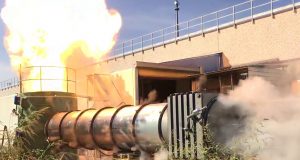
TO AVOID OR REDUCE DAMAGE TO PEOPLE AND THINGS:
- Use of anti-explosion panels in filters, silos and tanks with processing materials
- Use of flame breakers in explosion panels in dangerous positions
- Use of non-return valves from the filter to the working environment
- Use of firebreak sash shutter where the danger is expected
- Use of spark or flame detectors in the inlet ducts
- Use of explosion diverter in the return of the air in the working environment
- Use of extinguishing systems of fire or spark where is possible
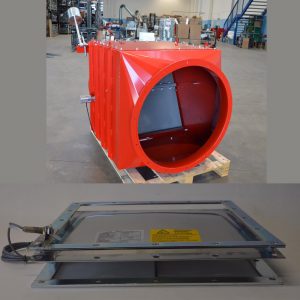
|
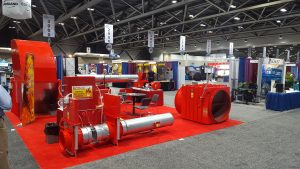 |
|---|
They are all important safeties that must comply with the EN ATEX STANDARDS and therefore certified according to the path and passing of the various tests carried out by a certified body for the issue of the certificate.
Certainly, THE STANDARDS DO NOT ALLOW ALL THE WAYS OF BUILDING A SUCTION SYSTEM, and the evolution of production processes and work environments often condition the way of building the suction system. The purpose of each standard describes the general requirements to be followed and the criteria and methods to be followed to achieve the objective of the standard. In the field of safety, these very young rules are guided by the ATEX Directive. The standards began 10-15 years and, as always happens, after a certain period of implementation some need for review.
In the field of NON-RETURN VALVES, the first reference standard is EN15089-2009 (currently under review), and the subsequent EN16447-2014 which has introduced some more restrictive variations on the execution methods of the tests.
TEST IN AIRCOM
Already since 2012 Aircom has a complete structure also instrumental for the execution of the explosion tests that are used in the design phase of the safety elements against explosion, with the execution of pre-test, to arrive to the official phase test with a certified body in a very sure way of the result to obtain.
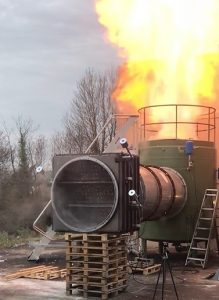
IMPORTANCE OF THE PRE-TEST PHASE
It is the phase that reveals all the weaknesses that may be in the safety valve or in the explosion panels or still in the flame breakers and not only. Discover the weak parts that may be in the suction system and in particular in the pipes and curves that connect the non-return valve to the filter or silos. The bends and pipes must support the valve pressure PredMAX (the standard requires it and also in our installation manuals) otherwise it happens as what happened in the video.
DURING THE PRE-TEST PHASE, ALL THE REQUIREMENTS REQUIRED BY THE STANDARD ARE CHECKED,
both the operation with the highest KST reachable (moment which tests the tightness of the valve for the high internal pressure generated by the explosion and for the secondary pressures ), the pressure increases exponently with the speed in the space and after 6 meters reaches 5-6 times the pressure of the explosion tank, difficult to understand the certifications with installation up to 8-10-12 meters. In the test with lower KST, the difficulties are of a different nature compared to the high KST but not less important, as it is necessary that, without the valve, the flame arrives and passes the end of the maximum pipe length, difficult when it exceeds 7-8 meters (difficult to understand who declares installations up to 8-10-12 meters), and that with the arrival of the explosion the diaphragm closes and remains blocked by the anti-opening lock.
THE FLAME DON NOT HAVE TO PASS THE DIAPHRAGM.
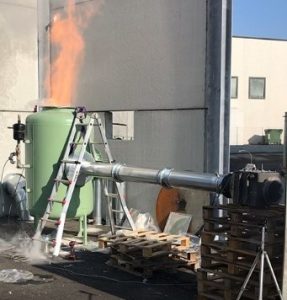
EQUIPMENT AND TOOLS FOR SAFE TESTING AS REQUIRED IN THE STANDARD EN16447
The choice of the explosion tank size is important, it determines the minimum size of the filter or silos where the non-return valve is applied.
Aircom has 4 DIMENSIONS OF TANKS: 1.2 mc, 2.4 mc, 5 mc and 10 mc. A wide range that satisfies the smallest dimensions of valves diameter 100mm up to 1200mm. A range equipped with different dimensions of vent panel to reach the KST level desired in the calibration before the tests (as required by the standard) and by an electronic starting system that can be programmed at a thousandth of a second-rate explosion
A sophisticated instrumental structure that allows to perform tests by programming different KST levels as required by the standard.
Aircom 50 years of experience in the suction sector and more than twenty years in the development and production of safety elements against fire and explosion in the aspiration systems. Safety technology is our goal, A PATENTED SYSTEM ALLOWED US TO CERTIFY NON-RETURN VALVES WITH KST 325 IN DIAMETERS UP TO 1200MM UNIQUE IN THE WORLD.
Not words or schemes BUT FACTS. The problems of our customers are stimulus for their solution.


